Compound Controls
There are cases when child elements of a compound control are not visible through UI Automation. For example, cells of a table may not be recognized. To determine if it is your case or not launch UI Automation Spy and track a child element. The result may look like this
Good
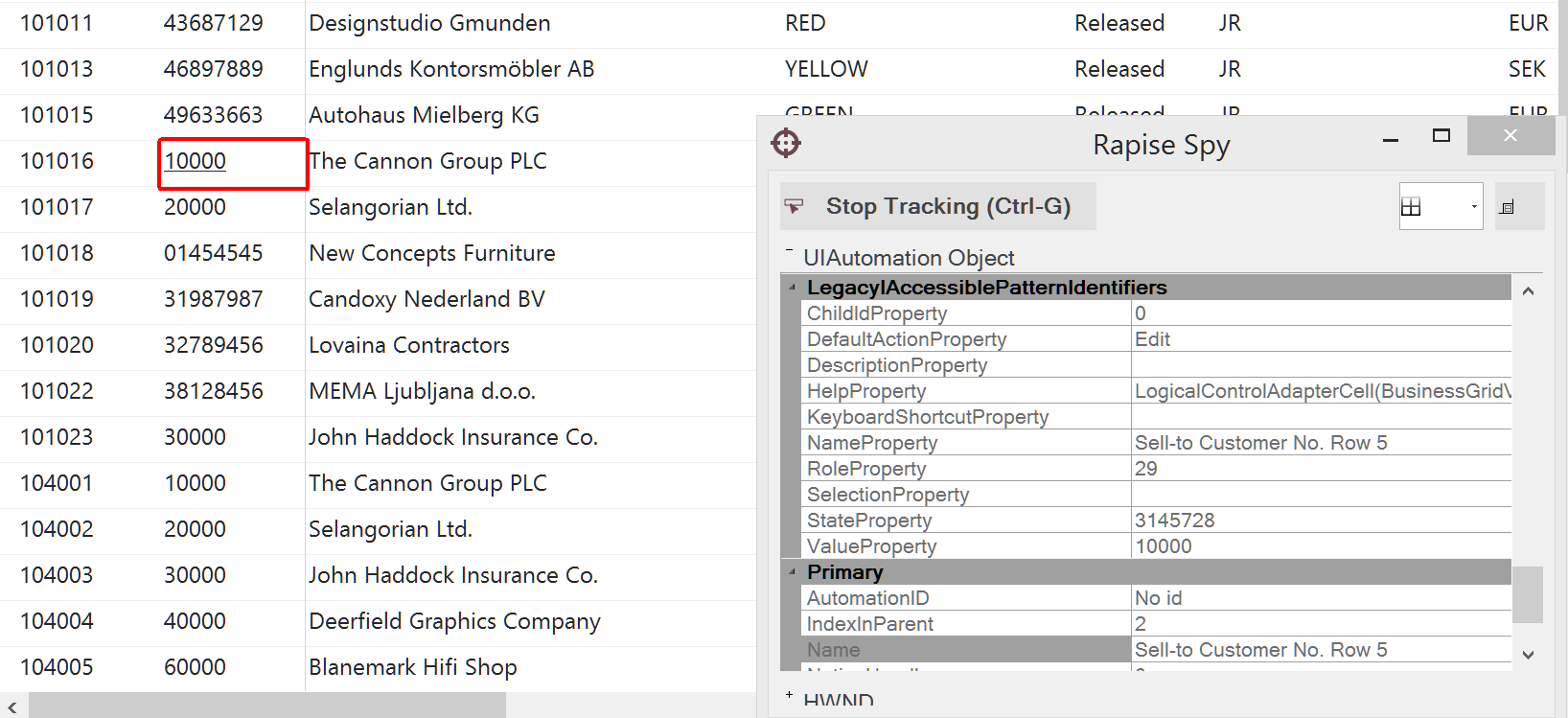
Bad
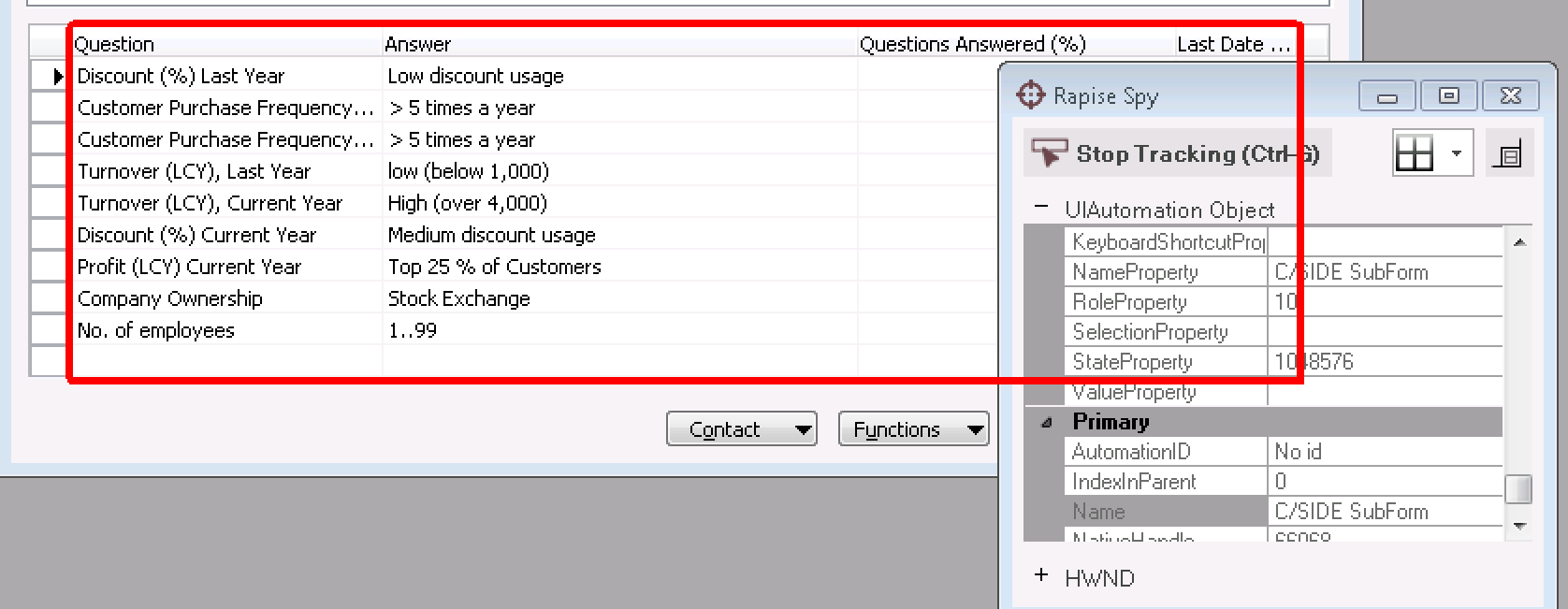
Inspect Hierarchy of Elements
If Rapise can see the elements you need but there is an issue with playback of a test then it makes sense to learn more about the elements and their hierarchy.
Save Element Type Information
Track the element, save type information for it.
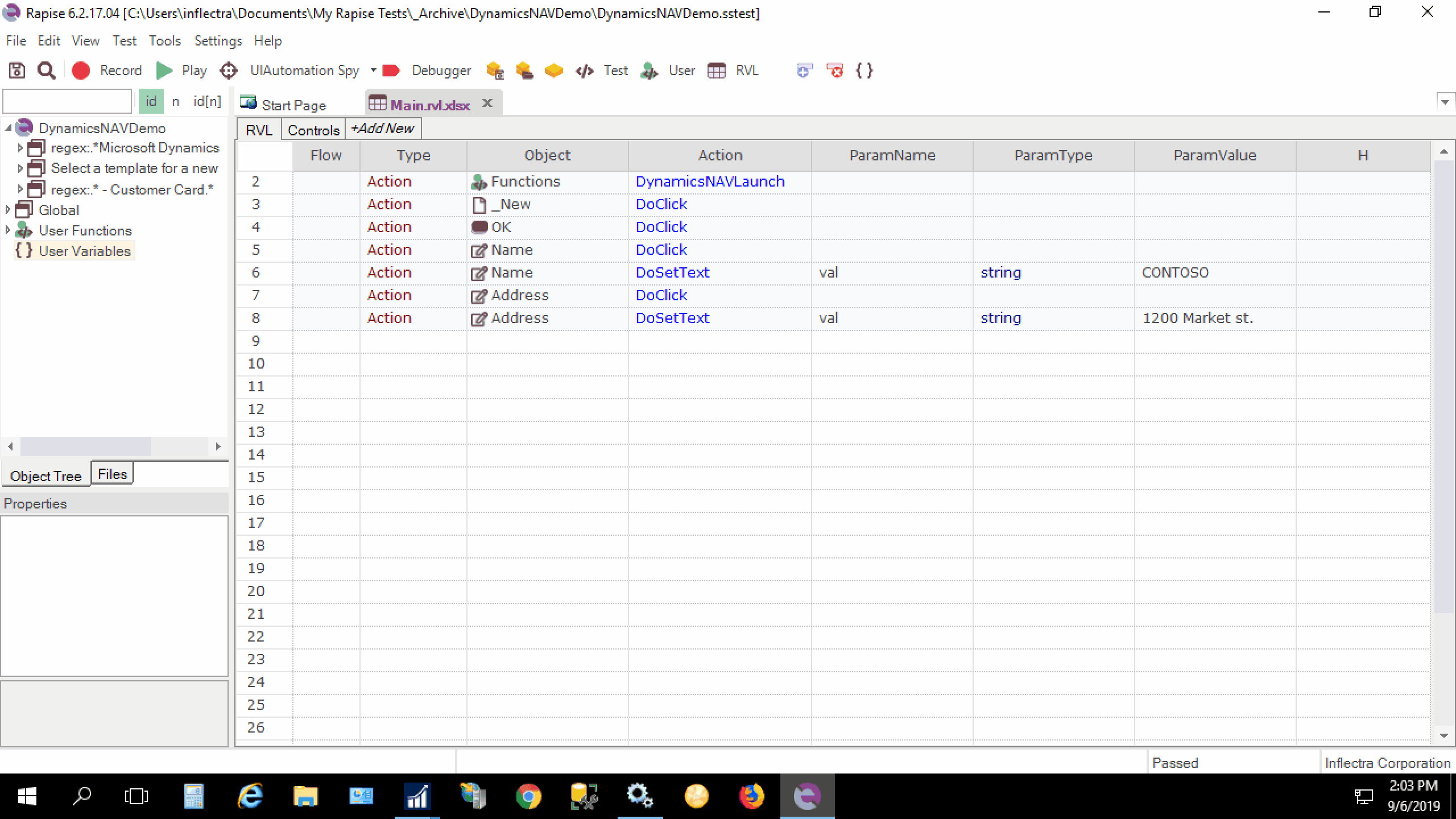
Save Element Hierarchy To a File
Track the element, navigate a few levels up to reach the root element of the compound control , right click the top node in the Spy and choose Save To File.
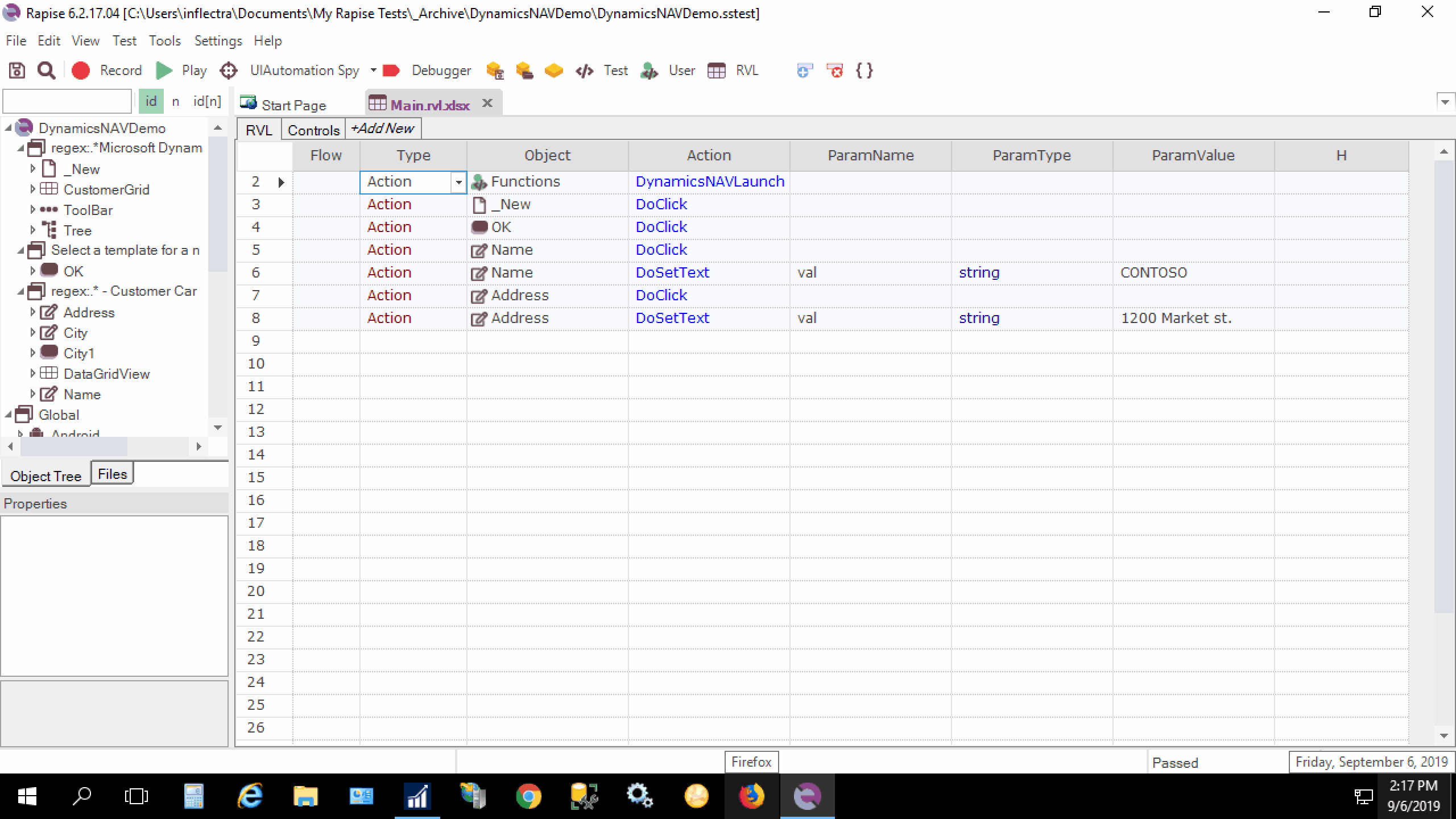
Find Element Locator
If the element was learned/recorded by Rapise you may find it's locator using the Object Tree.
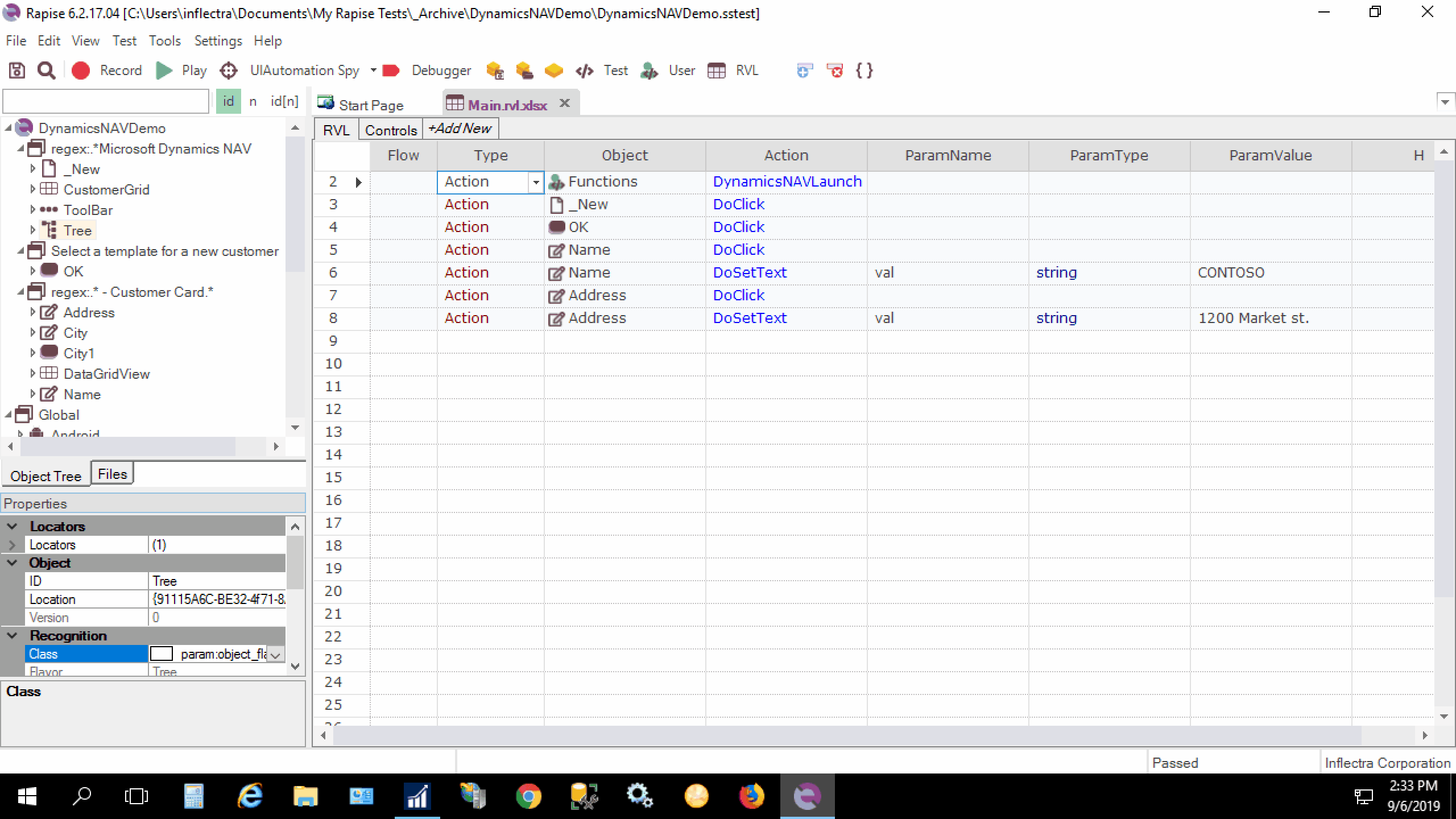
Send Information To Rapise Support Team
Gather information in a way described above and share with Rapise support team. We'll take a look and advise on how to proceed with testing.